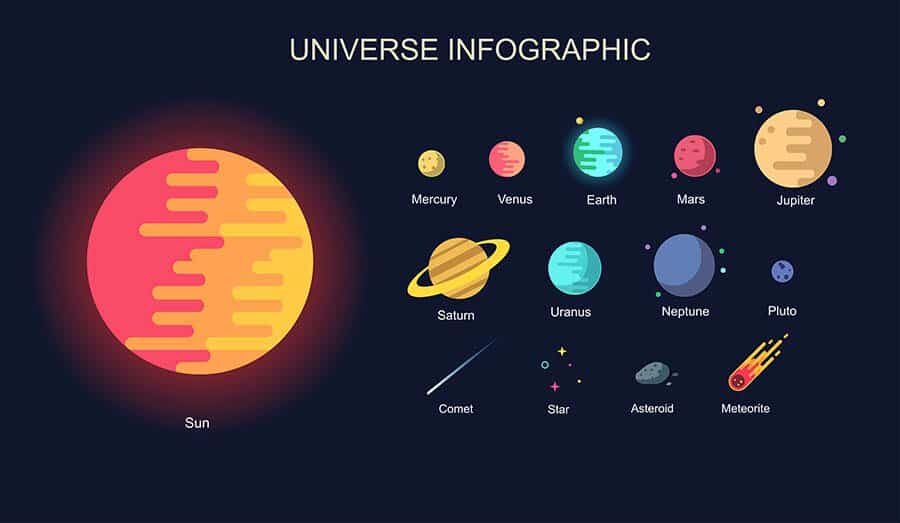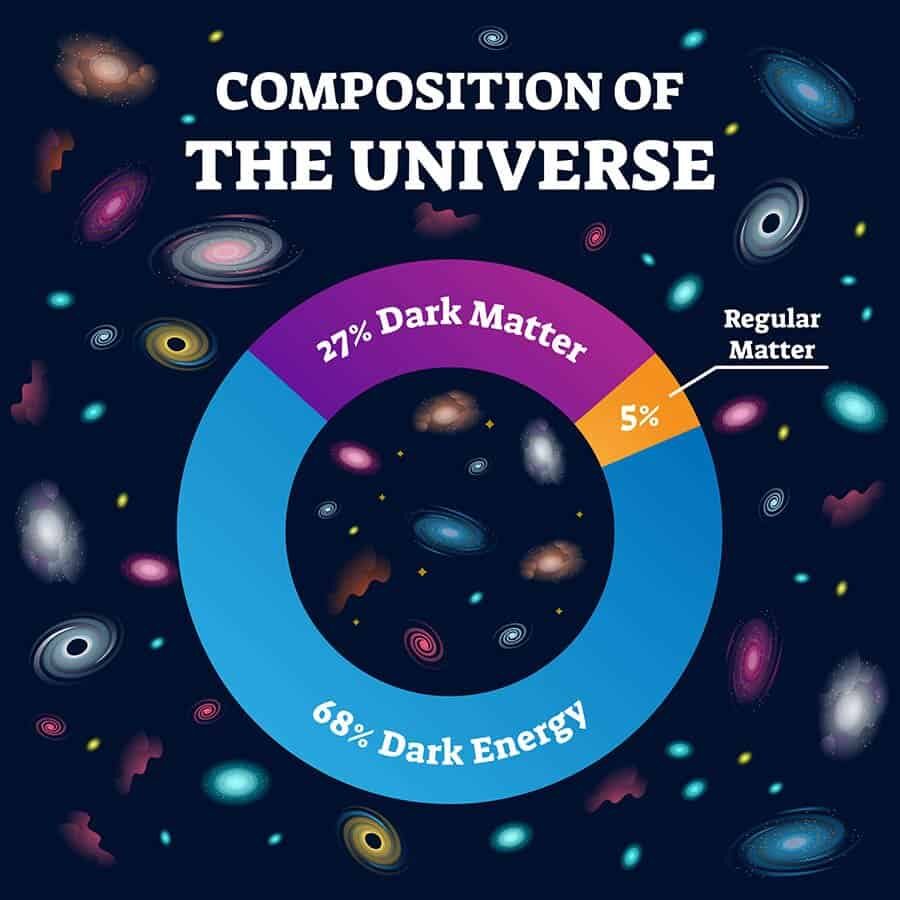20 Universe Facts You Should Know
When you’re trying to learn about the Universe, you need to keep an open mind. Some of the facts and things we know today about the universe are quite mind blowing, but thankfully in the recent years we know much more about it than we did 30, 50 or even 100 years ago. I mean, 100 years ago the Big Bang wasn’t even theorized yet!
And the truth is that thanks to the Hubble Space Telescope, we actually known more about our own universe than ever before. Not only about the observable universe that we see today, but about all 13.8 billion years of its history too. Although there are likely other being millions of miles away within our universe, there’s probably not one quite like ours. Anyway, let’s look at some facts about the universe.
- The Universe was formed with the Big Bang more than 13.8 billion years ago, which was literally just a dot that expanded, forming our galaxies and stars as we know it.
- We know that the universe is this old due to its composition, and how much matter the universe has.
- First theorized by Georges Lemaître in the 1920s, our universe is actually still expanding. At one point it was a dot, and our of that dot expanded everything we know.
- This was later confirmed by Edwin Hubble, who’s discovery of the Earth expanding helped launch the idea of the Big Bang being the creation of our universe.
- It’s estimated that our universe expands at a rate of 72 kilometers per second.
- The universe is estimated to be more than 100 billion light years in diameter.
- Though we think we know how the universe was formed, we’re still not sure how it’ll end. One theory is that as the universe expands, it will become so distant that it will eventually freeze.
- Although an astronomer is interested in our universe, someone who is mainly focussed on the beginning and end to our universe is called a cosmologist.
- There are different theories to how many galaxies are in our universe. Some astronomers believe there to be more than a trillion.
- There are more than one hundred thousand million stars in our galaxy. And if we known there are potentially a trillion galaxies, imagine how many stars there must be!
- To put this into perspective, there are likely more stars in our universe than there are grains of sand on our planets beaches!
There are many different elements of our universe. Earth is just located in our solar system, which is the system around our Sun, which is a star. In this, are the other planets, as well as other objects, like asteroids and meteorites.

Outside of our solar system there are billions or even more than a trillion other galaxies. We can only see around 9-10 of these galaxies without using a telescope.
Our universe is made up of 68% dark energy, 27% dark matter and 5% regular matter. This means we can only actually see 5% of our universe. Our estimations of how much of the universe we can observe and understand in laboratories here on Earth has decreased over the last few decades. As we realise the Universe is bigger, it also means there’s so much more out there that we don’t know anything about.

Dark matter is what even makes it possible for our galaxies to exist. When there is a large presence of dark matter, we can see this by the way that it affects light near it. We cannot see dark energy, but it’s thought that it is the reason for the universes expansion.
- There are centers to our galaxies, there is actually no center to the universe.
- Although we aren’t sure, there is the potential that there are other universes out there.
- The majority of the universe is made of dark matter and dark energy, meaning only 5% of it is visible.
- Out of all the other planets that we have discovered in the universe – more than 3,500 – none of them are like our planets.
- Although there is so much out there, we still haven’t found any sign of life in our universe.
- Because analog TVs use radio waves, when your TV screen is grey and buzzing, part of this is afterglow from the Big Bang.
- When we look at something a light year away, is takes this long to travel – so we’re looking at it 1 year in the past. So if an alien was looking at the Earth from the Andromeda galaxy, they would see the Earth 2.5 million years ago.
- Our Sun takes up more than 99% of the mass of our solar system. But, the reality is that our Sun isn’t even a big star.
- Betelguese, another star, is more than 700x the size of our Sun, and it’s approximately 14,000x as bright.
Our universe is estimated to be around 95-100 billion light years in diameter, or 50 billion light years in radius. If we compare this to our galaxy, the Milky Way, being only 150,000 light years across, this emphasizes just how big our universe is.
Interestingly, the Universe actually takes it’s name from the Latin word Universum. In Latin, this word was used to described the same thing that we describe in English with this word – we know this through Roman philosophers, like Cicero.
In short; we really don’t know. In long; there are many different theories about what could be beyond our universe. If we’re talking about the edge of our universe, then it’s said that there isn’t any – we couldn’t theoretically see our universe from stepping over the edge. However, there are theories that there could be more universes like ours in existence.
Again, we aren’t 100% sure on this, but most of the common theories from astronomers suggest that no, the universe won’t last forever. Many astronomers agree that as the universe keeps expanding, eventually everything within it will freeze. Another theory may be that as our universe expands and grows, more mass will be formed. This will end up with so much mass, that eventually the universe will end up contracting instead, back into the dot it once was.
Not everything in the universe is spherical, but the reason why our planets and stars are round is because of gravity. The gravity within these objects pulls in equally from all different angles, which makes objects with a larger mass and therefore a larger gravity, spherical.
To sum it up, our Universe is undoubtedly something worth learning about as it’s only within the last few decades that we’ve really been able to prove many past theories that astronomers have had for decades. As we learn more about it, the more fascinating that the universe we’re part of becomes. So when you look up into the night sky, it becomes even more intriguing to find out what else is out there.